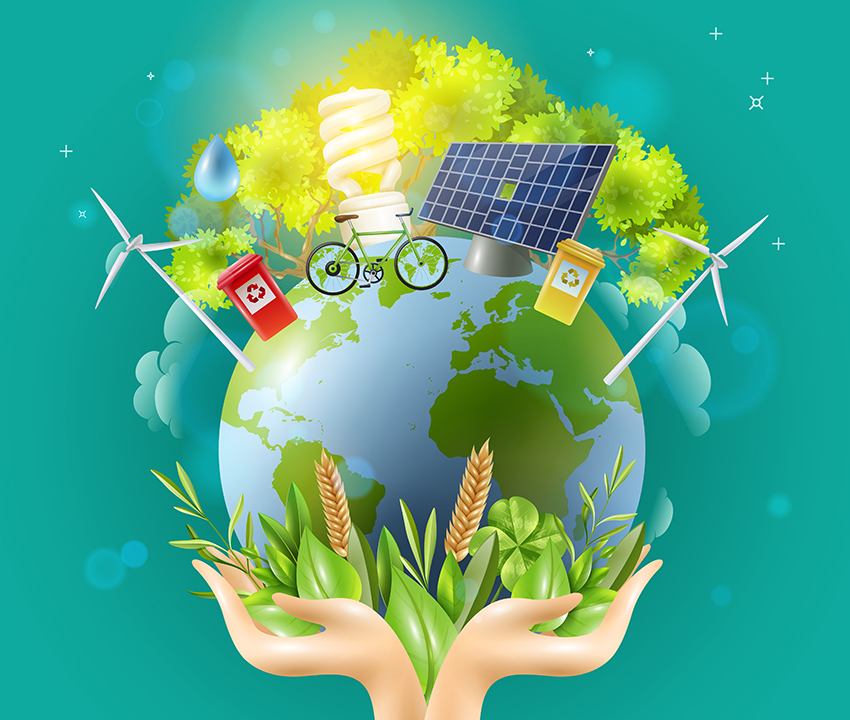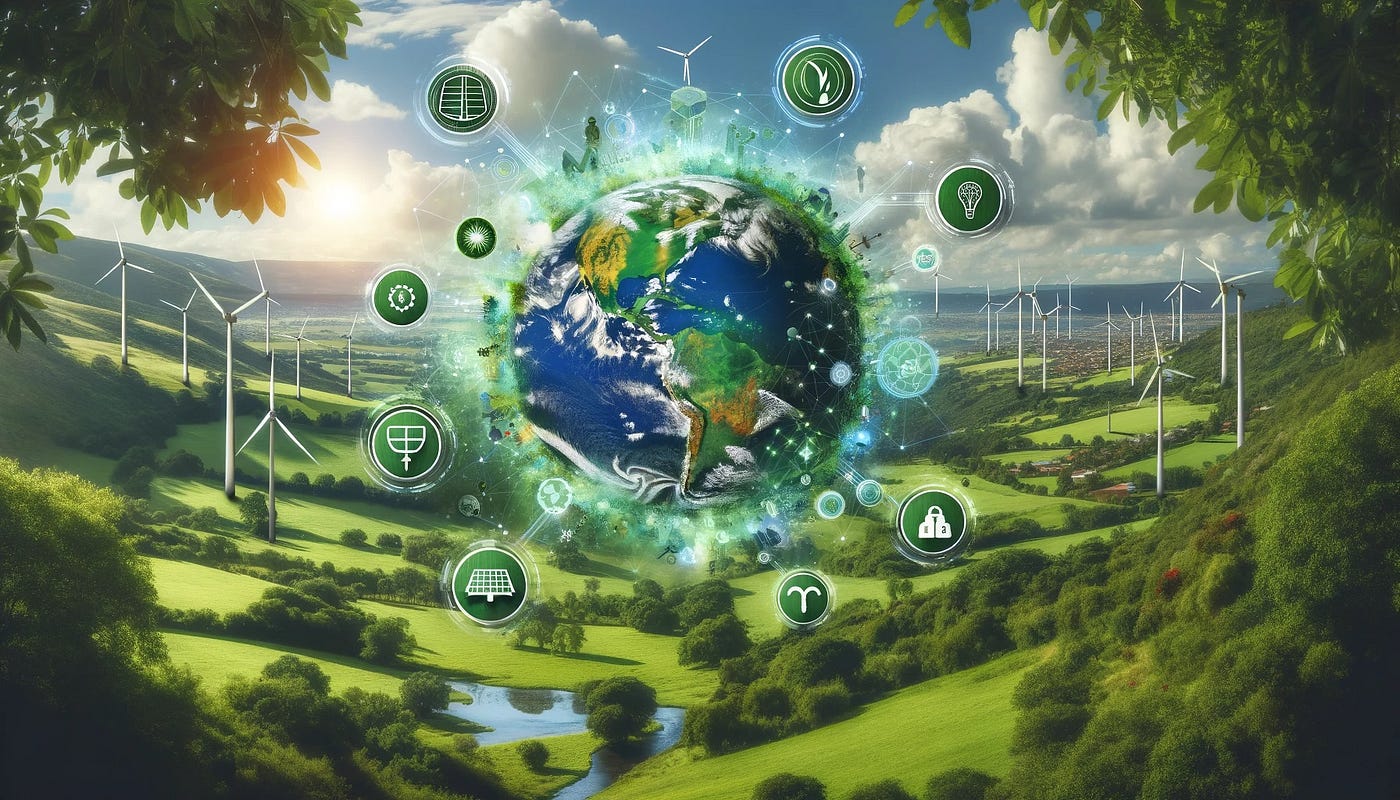At a time while environmental worries are paramount, green technologies are emerging as an vital strategy to reduce the effect of human activities in the world Also referred to as clean technologies, green era includes a wide range of improvements and practices aimed at protecting herbal resources, decreasing pollution and promoting sustainable organisations
At its core, inexperienced technology focuses on the improvement and operation of products, services, and procedures which are environmentally pleasant all through their lifecycle.
What is Green Technology?
Green technology encompasses a wide range of practices and innovations aimed at reducing environmental impacts, conserving resources, and promoting sustainability. These technologies focus on minimising pollution, improving energy efficiency, and reducing waste, all while maintaining economic growth and improving the quality of life.

Key Areas of Green Technology
- Renewable Energy Sources
- Solar Power: Harnessing energy from the sun using photovoltaic cells.
- Wind Power: Generating electricity through wind turbines.
- Hydropower: Utilizing the energy of flowing water to produce electricity.
- Geothermal Energy: Tapping into the Earth’s internal heat for power and heating.
- Energy Efficiency
- Smart Grids: Enhancing the efficiency and reliability of electricity distribution.
- Energy-efficient Appliances: Reducing energy consumption in homes and businesses.
- Building Insulation: Improving insulation to reduce heating and cooling energy needs.
- Sustainable Transportation
- Electric Vehicles (EVs): Reducing reliance on fossil fuels and decreasing emissions.
- Public Transit Systems: Promoting mass transit to reduce the number of vehicles on the road.
- Bicycle and Pedestrian Infrastructure: Encouraging non-motorized transportation.
- Waste Management and Recycling
- Recycling Programs: Converting waste materials into new products.
- Composting: Turning organic waste into valuable compost for agriculture.
- E-waste Recycling: Properly disposing of electronic waste to prevent environmental contamination.
- Water Conservation
- Rainwater Harvesting: Collecting and storing rainwater for reuse.
- Water-efficient Fixtures: Reducing water consumption in households and industries.
- Wastewater Treatment: Recycling wastewater for agricultural and industrial use.
Benefits of Green Technology
Environmental Benefits
- Reduction in Greenhouse Gas Emissions: Renewable energy sources significantly cut down on carbon emissions, helping to mitigate climate change.
- Conservation of Natural Resources: This promotes the sustainable use of resources, ensuring their availability for future generations.
- Reduction in Pollution: Cleaner technologies help reduce air, water, and soil pollution, contributing to a healthier environment.
Economic Benefits
- Job Creation: Sector creates jobs in renewable energy, energy efficiency, and sustainable practices.
- Cost Savings: Energy-efficient technologies and renewable energy can lead to significant cost savings over time.
- Innovation and Growth: Investment drives innovation and economic growth, opening new markets and opportunities.
Social Benefits
- Improved Health: Reduced pollution leads to better air and water quality, which in turn improves public health.
- Energy Security: Diversifying energy sources reduces dependence on fossil fuels and enhances energy security.
- Enhanced Quality of Life: Sustainable practices contribute to a better quality of life by preserving natural landscapes and promoting healthier living environments.

Challenges and the Way Forward
Despite the numerous benefits, the adoption of green technology faces several challenges:
- High Initial Costs: The upfront investment for green technologies can be high, although the long-term savings often outweigh the initial expenses.
- Lack of Awareness and Education: There is a need for greater public awareness and education about the benefits and importance.
- Policy and Regulatory Barriers: Supportive policies and regulations are essential to promote the adoption of green technologies.
Overcoming the Challenges
- Government Incentives: Governments can offer subsidies, tax breaks, and grants to encourage the adoption.
- Public-Private Partnerships: Collaboration between the public and private sectors can drive innovation and investment in sustainable technologies.
- Research and Development: Continued investment in research and development is crucial to improve the efficiency and affordability of green technologies.
Adoption of green technologies is driven by environmental needs and economic opportunities. Governments, businesses and consumers are recognizing the benefits of reducing carbon footprints, increasing energy security and achieving greener businesses.
However, challenges remain, including cost competition, technological advances and regulatory framework. Continued innovation, investment in research and development and supporting policies are critical to overcoming these barriers and accelerating the transition to a green technology-led sustainable future.
Conclusion
Green technology is not just a trend; it is a vital component of the global effort to achieve sustainability. By investing in renewable energy, improving energy efficiency, promoting sustainable transportation, and advancing waste management practices, we can create a cleaner, healthier, and more sustainable world. Embracing green technology today will ensure a brighter and more prosperous future for generations to come.



